|
Edwin Richards & Sons
Edwin Richards & Sons became one of Wednesbury’s longest
surviving manufacturers, producing forgings for over 150
years at Portway Works in New Street, at the junction
with Potter’s Lane. The firm is listed in Pigot &
Company’s Staffordshire Directory of 1842 as Henry
Richards & Sons, Potter’s Lane, patent axle, and coach
spring makers. It was founded in 1810.
Edwin was born into a family of prominent factory owners
and businessmen. His younger cousin, Charles Richards,
founded one of Darlaston's largest nut and bolt
factories, Charles Richards & Sons, at Imperial Works in
Heath Road. |
|
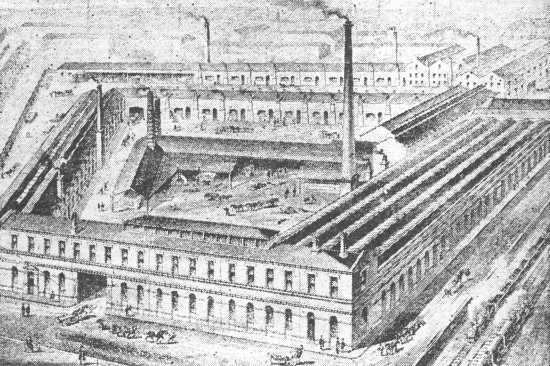
Portway Works.
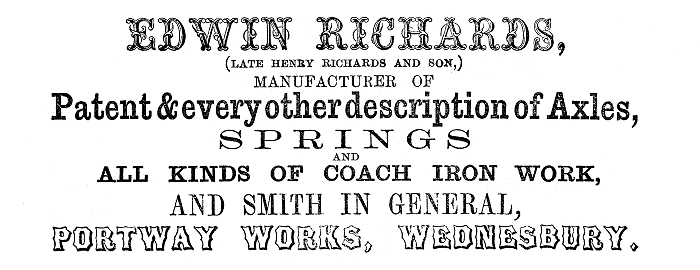
An advert from 1861.
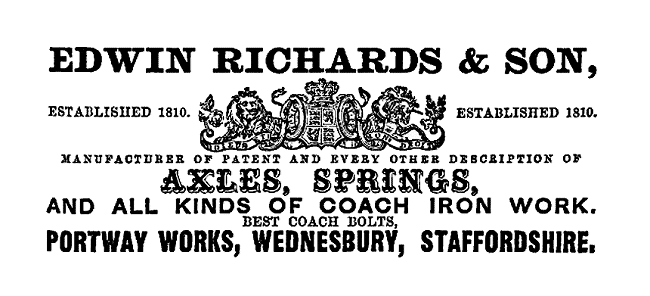
An advert from 1876. |
|
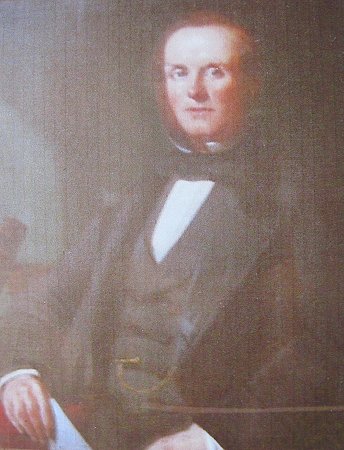
Edwin Richards. Courtesy of Lynn
Yates. |
|
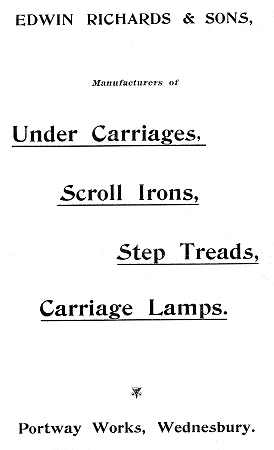
An advert from 1897. |
| Edwin Richards was born in
Wednesbury in 1819. He married a Wednesbury girl, Mary
Anne, and lived at The Limes, 75 Wood Green Road. They
had at least one child, a son called Henry, after Edwin’s
father. |
|
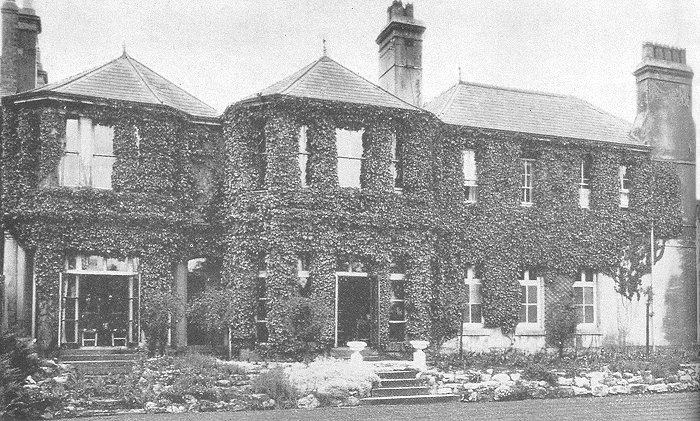
The Limes. |
| The Limes had an entrance hall with four
reception rooms, and six bedrooms. In the grounds,
covering just over an acre, were pleasure gardens
with crazy stone flagged paths leading through two
stone archways, an orchard, a tennis court, a sunken
rose garden, a kitchen garden, two summerhouses, and
a large garage |
|
The firm produced coach axles,
coach springs, and all kinds of ironwork for coaches,
including coach bolts.
Edwin Richards died in 1880, and
within a few years his widow Mary sold the business to
William Thomas from Wolverhampton.
In 1861 William moved from his
native Wales to Wolverhampton, where he set up several
malting businesses, supplying malt to the brewing trade.
In 1885 he decided to change direction, sold his malting
businesses and purchased Edwin Richards & Sons.
Everything carried-on much as before. The firm
retained its old name, and production concentrated on
parts for carriages. By the 1890s the product range included
patented iron carriage wheels with pneumatic tyres,
called ‘The Portway’, wheel
rubbering machines, sliding seats, and carriage step
treads. |

William Thomas. Courtesy of
Lynn Yates. |
|
The firm was also quick to realise
the importance of the motor car. In 1899 Richards were
manufacturing parts for motor cars, including axles,
ironwork, and springs, and all kinds of drop forgings.
Other products included axles for ox-carts, which were
exported to South Africa. |
|
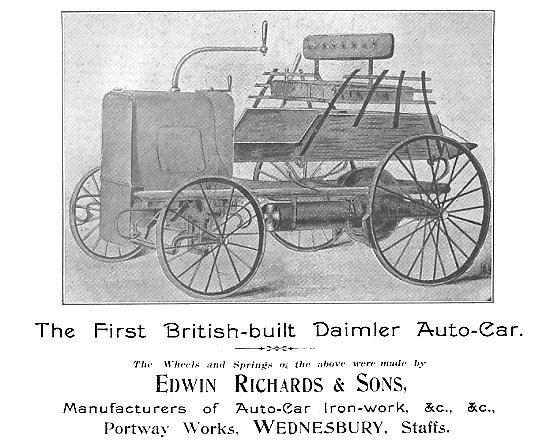
Edwin Richards also
made parts for early cars, as can be seen
from this 1897 advert. |
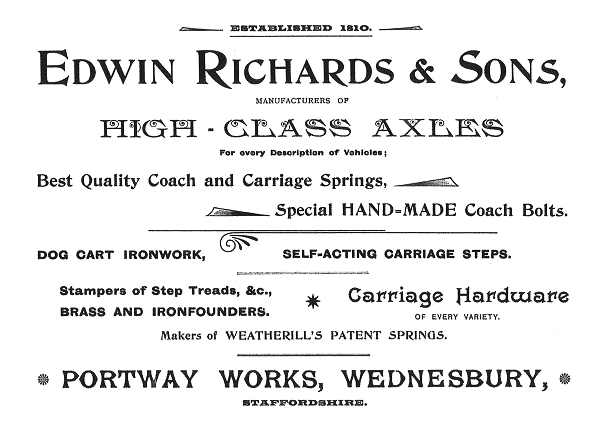
An advert from 1897. Courtesy of
Lynn Yates.
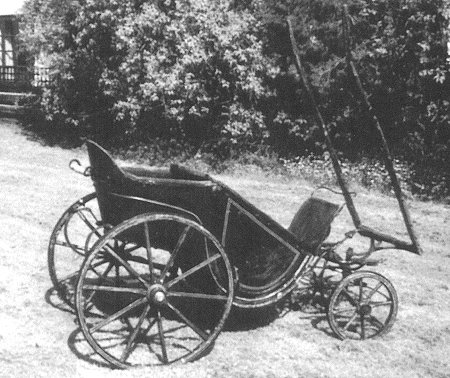 |
One of Queen Victoria's
pony-drawn invalid carriages which still survives. The
axle carries the name 'Wm. Richards & Sons, Manufctrs
Wednesbury' and so must have been made by Edwin Richards
& Sons. Courtesy of Lynn
Yates. |
|
From Staffordshire County
Biographies, 1901.
 |
|
|
After William Thomas’s death in
1905, two of his sons, Hugh and Hubert ran the business.
In January 1916, Edwin Richards and Sons Limited was
registered as a private company, with a capital of
£30,000.
During the First World War the company produced axles
for gun carriages.
Hugh Thomas died in 1939, by which
time his brother Hubert had left the business. Hugh was
replaced by his two sons, Edward and Philip. The Second
World War quickly intervened, and the firm produced a
range of products as part of the war effort, including
shell cases and gun carriage axles.
|
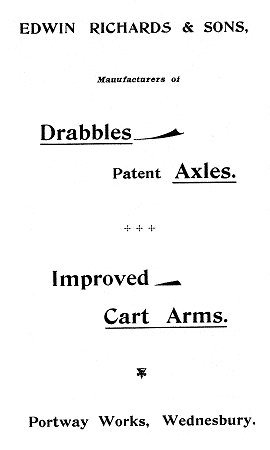 |
|
 |
|
Two
adverts from 1897. |
|
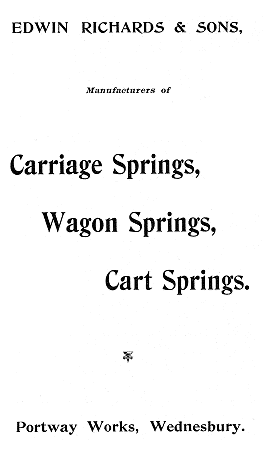 |
|
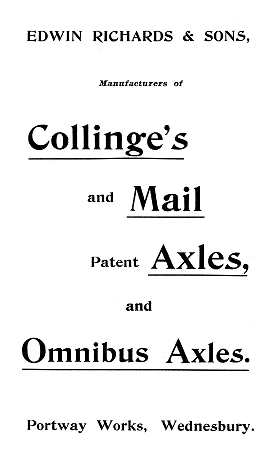 |
|
Two
more adverts from 1897. |
|
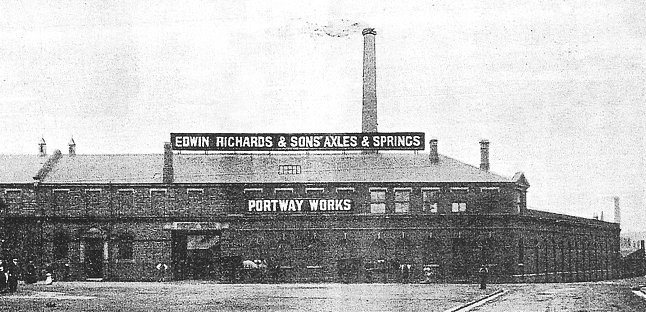
Courtesy of Lynn Yates.
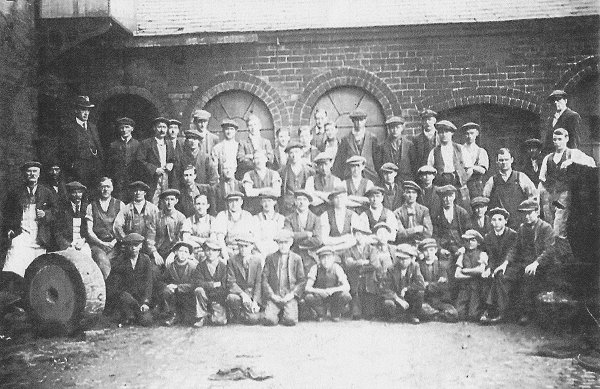
Edwin Richards & Sons' workforce in about
1910. On the extreme left at the back is Hubert Thomas
(in the trilby hat), and 6th from the left on the back
row is Hugh Thomas (the tall man in the flat cap). Courtesy of Lynn Yates. |
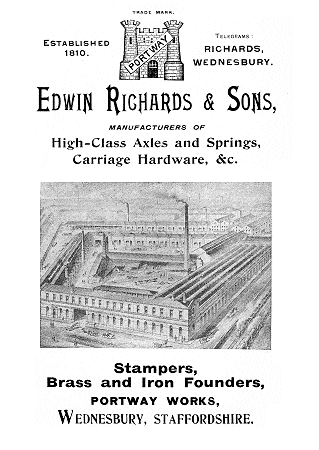 |
|
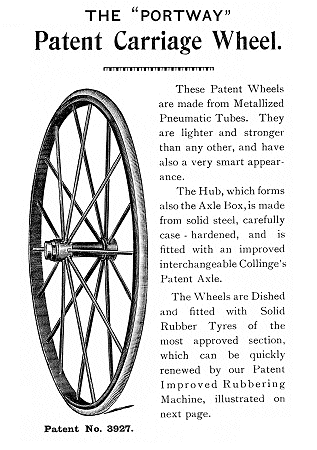 |
|
Two
adverts from 1899. |
|
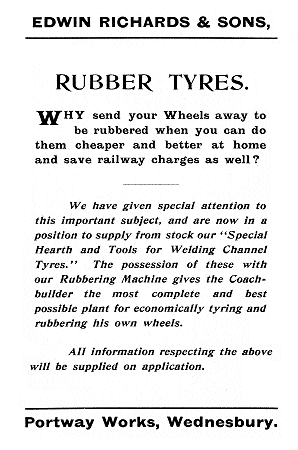 |
|
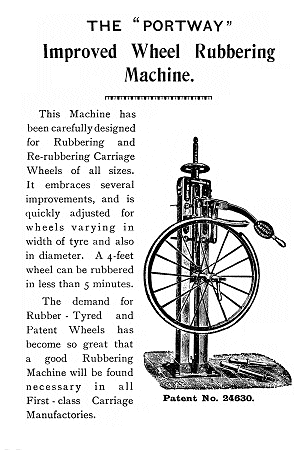 |
|
Two
adverts from 1899. |
|
 |
|
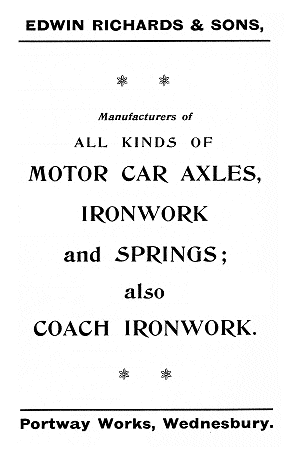 |
|
Two
adverts from 1899. |
|
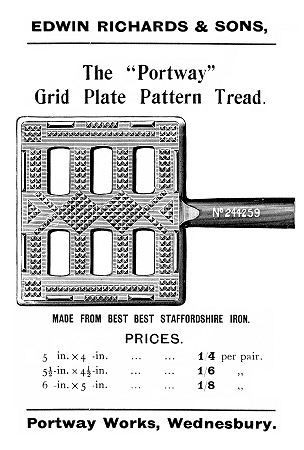 |
|
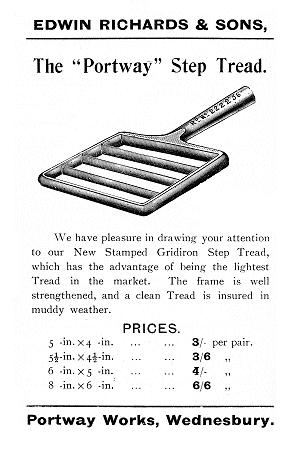 |
|
Two
adverts from 1899. |
|
|
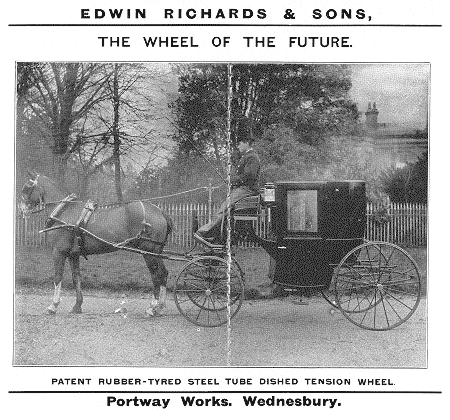
An advert from 1899. |
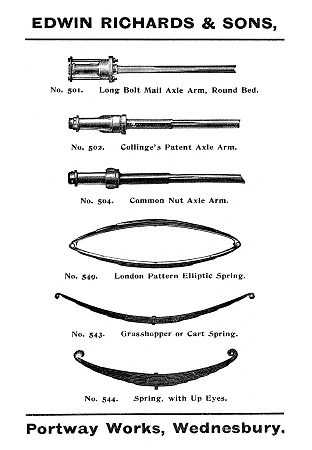 |
|
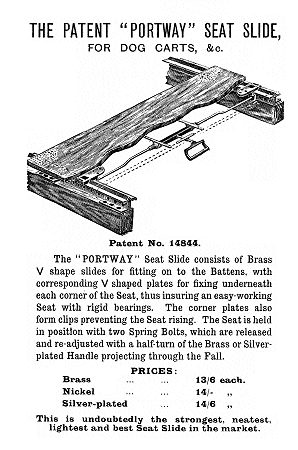 |
|
Two
adverts from 1899. |
|

An advert from 1918. |
|
|
After the war the government began
its nationalisation programme, nationalising the coal
industry in 1947, the railways in 1948, and iron and
steel in 1949. As a result the Thomas brothers could not
continue running the business, but continued there as
works managers until their deaths.
The business was eventually taken
over by Norton Industries, and began trading as Portway
Forgings (Wednesbury) Limited. By the late 1950s the
directors were J. Norton (Chairman), M. Norton, J. D.
Norton, and M. I. Page.
The firm now produced all kinds of
upset forgings and stampings, and was a contractor to the
Air Ministry, the Admiralty, and the War Office. Other
products included handrail stanchions, handrailing, and
tie rods.
Edward Thomas’s daughter Lynn
remembers visiting the works on Saturday mornings where
she saw the massive drop-hammers, and the furnaces
belching out flames and heat. There were steel rods and
rails all over the place. |
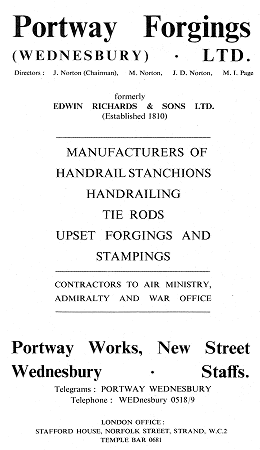
An advert from 1957. |
|
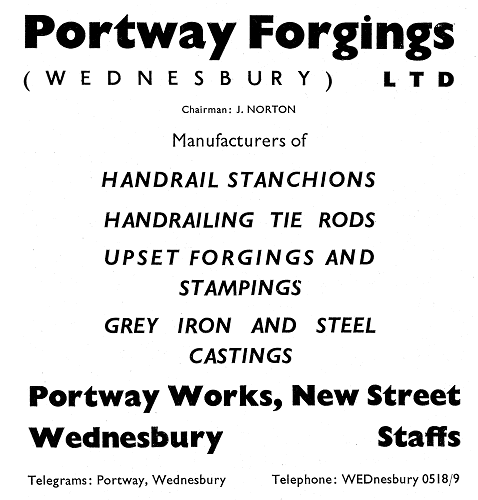
An advert from
1954. |
Portway Forgings was founded
on 9th August, 1948. The firm
survived for forty years. It was
dissolved on 27th December, 1988. |
 An advert from 1961.
An advert from 1961.
|
Edwin Richard’s legacy to the town |
|
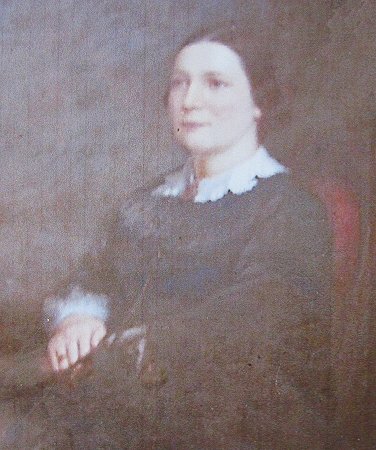
Mary Richards. Courtesy of Lynn
Yates. |
Edwin Richards was passionate about
art and had a collection of over 300 paintings. He
wished to donate the collection to Wednesbury, but
before this could be achieved, he died.
His widow Mary died in 1885, and
left the collection to the town. Most of the paintings
were by contemporary English artists, but because of his
love of landscape paintings there were several by Dutch
and Flemish masters. |
|
In 1884, the Wednesbury historian
Frederick William Hackwood described the collection in
his publication “The Wednesbury Papers”. This is what he
wrote about it:
An Art Collection
The Limes, the residence of Mr.
Henry Richards, which, of itself does not claim notice
as an architectural feature, although it is a
comfortable and substantial modern residence, with a
fine garden attached to it. But Mr. Richards possesses a
collection of paintings unequalled in this district.
Within the walls of The Limes are gathered together some
200 or 300 paintings. The catalogue includes the names
of Sidney Cooper, R.A., Leader, A.R.A., Goodall, R.A.,
Henshaw, Syer, Birket Foster, Webb, Marcus Stone, and
numerous other artists equally high in the world of
painting. Large as this collection is, and it is no
exaggeration to say that the house is positively
littered with paintings, drawings, and etchings, it was
even more extensive in the time of the late Mr. Edwin
Richards.
Mr. Richards has offered, more
than once, to give to the town some of his art
treasures, if the authorities will but go to the expense
of providing a suitable building to receive them. A
little enterprise on the part of the Local Board might
long ago have initiated a movement for establishing a
public Museum in the town.
|
|
Wednesbury Museum and Art Gallery
The museum & art gallery was built
in 1891 to house Edwin Richards’ collection. Mrs. Mary
Richards had left £2,000 towards the cost of the
building, an endowment of £1,000 for a caretaker, and
£500 for renovating the picture frames.
By May, 1890 the
remainder of the cost had been raised by local people,
and work on the project soon began.
The architects were
Wood and Kendrick from West Bromwich, and the builder
was Henry Willcock & Company of Wolverhampton.
|
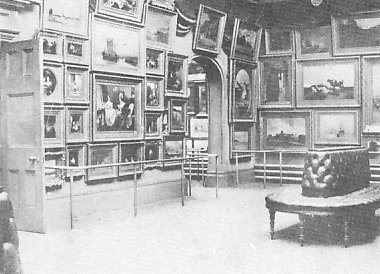
The Richards Room in Wednesbury
Art Gallery. From an old postcard. |
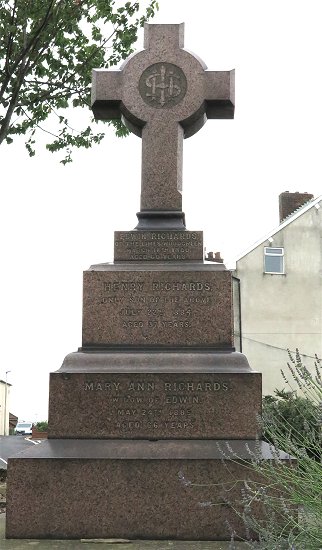 |
|
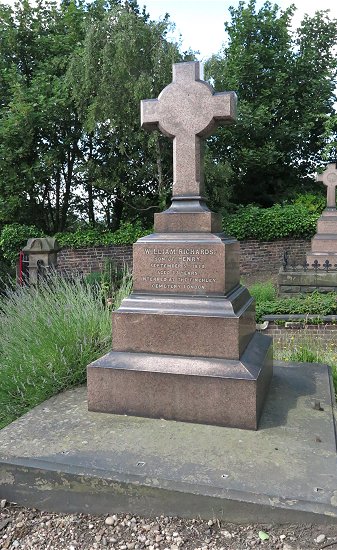 |
|
The
Richards family grave, next to the entrance to
St. Bartholomew's Church and graveyard. |
|
|
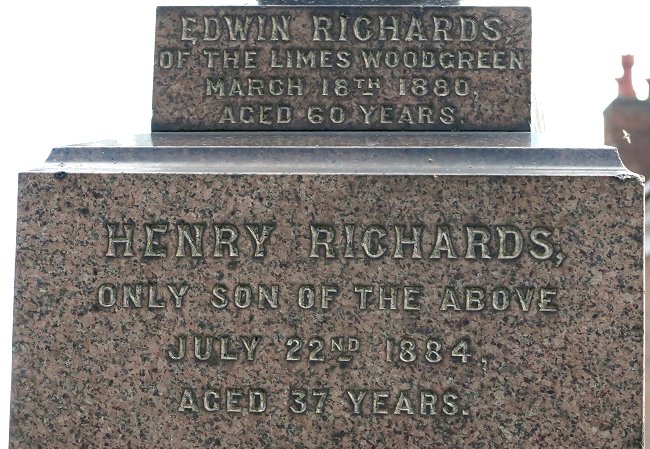
Two of the inscriptions on the
front of the grave. |
|
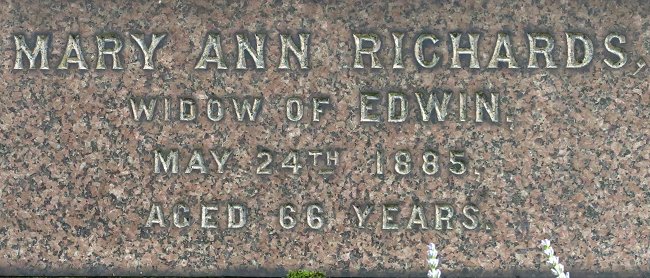
The other inscription on the front
of the grave. |
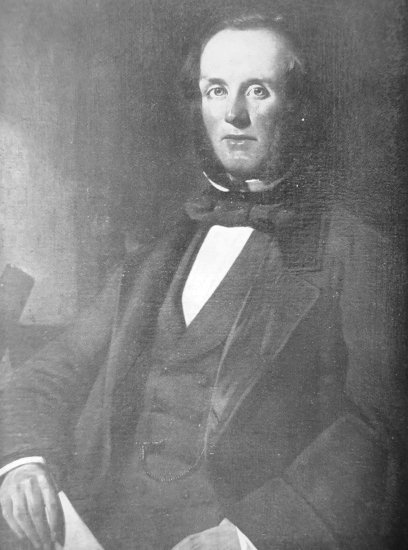 |
The grave also contains the remains of Edwin's
parents: Henry Richards who died on 21st September, 1849
at the age of 52, and Catherine Richards who died on 9th
February, 1874 at the age of 77, and also Edwin's sister
Arabella.
The inscription on the back of the grave
reads: William Richards, son of Henry, September 5th,
1879, aged 53 years, interred at the Finchley Cemetery,
London.
Edwin Richards, from Ryder's
Annual. |
|
St.
Paul’s Church is close to the site of
The Limes, and was generously supported by the Richards
family.
It has a stained east window, which was given as
a memorial to Edwin Richards, and a lich gate, which was
built in 1926 by Arthur Richards of The Limes, in memory
of his son, Edwin Arthur Richards.
Mary
Richards. From Ryder's Annual.
|
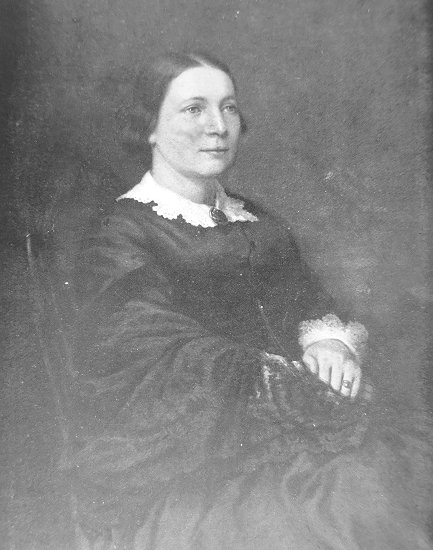 |
I would like to thank Lynn Yates
for her help in producing this section. Three
generations of Lynn's family ran the company, which
apparently had its own coal mine. Lynn remembers an
elderly uncle describing a visit to the works during the
Second World War. During the visit he was shown a large
metal plate, lying flat in the yard. When it was lifted
it exposed a shaft, which went to the coal mine that once
supplied the works. |
|
 |
Return to the
previous page |
|

